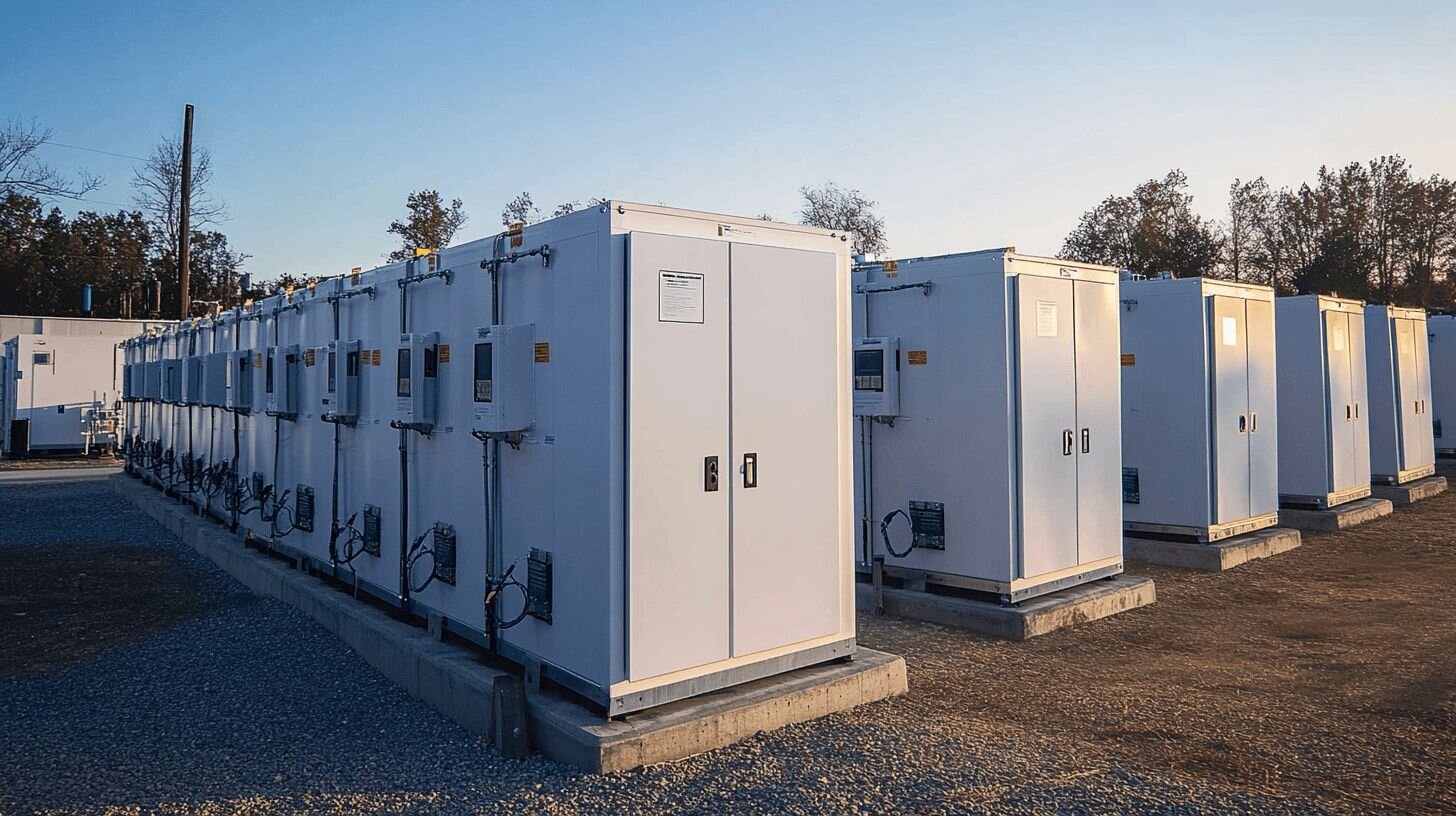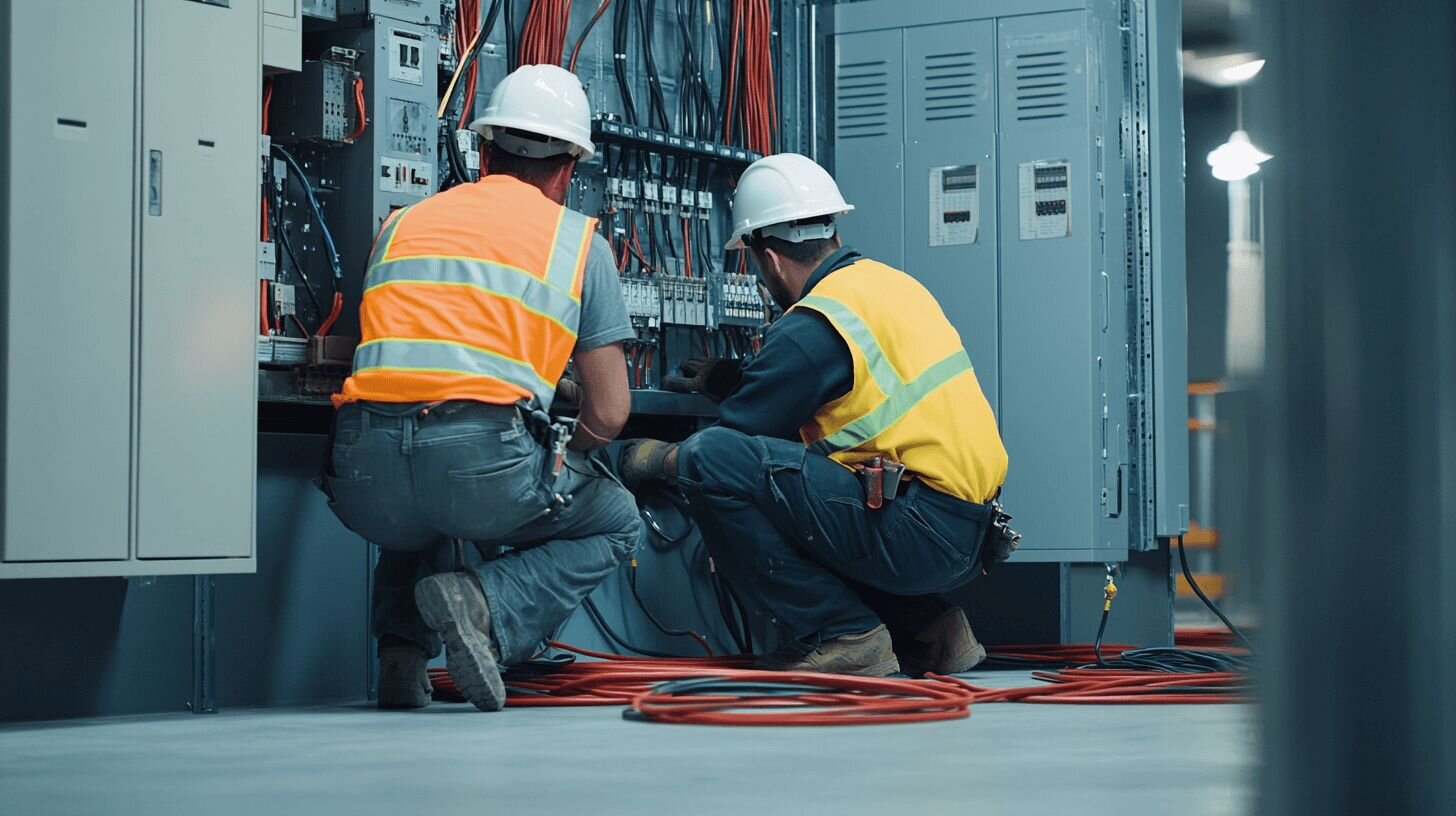Battery storage is ramping up across the country. Large-scale lithium-ion systems are being built to store excess power and feed it back into the grid when demand spikes. For contractors, this means more projects, more scope, and more opportunity.
But not everyone’s on board.
In a growing number of towns, especially where these systems are being proposed near homes or schools, the reaction has been anything but warm. Safety concerns around fire risk are fueling a wave of local moratoriums. The same tech that keeps the lights on during outages is getting flagged as a hazard in the public eye.
Island Park, New York, is one example. When a battery system was proposed nearby, the village passed a moratorium. “We’re not guinea pigs for anybody,” said Mayor Michael McGinty. “We are not going to experiment; we’re not going to take risk.”
They’re not alone. Over the past few years, dozens of communities across the U.S. have temporarily blocked battery storage development while they sort out the risks.
Demand Is Climbing Fast
As the grid shifts to more solar and wind, batteries are becoming critical. They take in cheap power when demand is low and push it out when the grid’s under stress. That makes them a moneymaker and a stabilizer at the same time.
The systems, known as BESS for battery energy storage systems, are usually set up as rows of containers inside fenced-off lots. Each container holds thousands of battery cells.
In the U.S., California and Texas are top players, but others are moving in quickly. Developers added nearly 5,000 megawatts of storage capacity in Q2 of 2025 alone. Arizona, California, and Texas accounted for about 75% of that, with enough juice to power almost 1.7 million homes.
New York aims to hit 6,000 megawatts of energy storage by 2030, with a big share coming from large‑scale systems. But local resistance has made the rollout bumpier than expected.
Safety Is the Flashpoint
Fire risk is driving the pushback.
The main concern from residents is thermal runaway, where battery cells overheat and trigger a chain reaction. It’s rare, but when it happens, it’s a big problem. The January fire at Moss Landing in California didn’t help. That event sent toxic smoke into the air and forced 1,500 people to evacuate.
Experts say today’s systems are safer than even a few years ago, but no system is 100% risk-free. “This is a relatively immature technology that is maturing quickly,” said Ofodike Ezekoye, a combustion expert and professor at the University of Texas at Austin. He added that researchers and stakeholders are actively working to improve the overall safety of these systems.
That’s enough to make people nervous, especially when these projects are sited close to schools, neighborhoods, or parks.
Local Pushback Gaining Steam
In New York’s Town of Ulster, a 250-megawatt lithium-ion facility is facing strong opposition. “They’re banking on nothing happening,” said local resident Winnie Sokolowski. “But I don’t think you can place it where they’re proposing and assume nothing’s going to happen. It’s just too risky if it does.”
Her concerns reflect a growing trend across the country. In places like Maple Valley, Washington, and Halstead, Kansas, local governments are stepping in with moratoriums, putting projects to a vote, and calling for more information before moving forward.
The design of these systems is improving. Developers say modern setups prevent fires from spreading, especially in outdoor modular systems. In fact, what happened at Moss Landing, where batteries were stored indoors, wouldn’t pass code in New York today. The state requires minimum spacing and modular enclosures to limit the risk.
Where It’s Going
The New York State Energy Research and Development Authority says battery storage is key to a stronger, more modern grid. President Doreen Harris stands by the state’s safety rules and points out that solar faced similar resistance in its early days. Now, many of those same communities have seen the benefits firsthand.
Contractors working on these systems need to understand the full landscape. That means knowing the specs and codes, but also paying attention to local concerns. Showing up informed and prepared helps keep these projects moving without unnecessary roadblocks.



